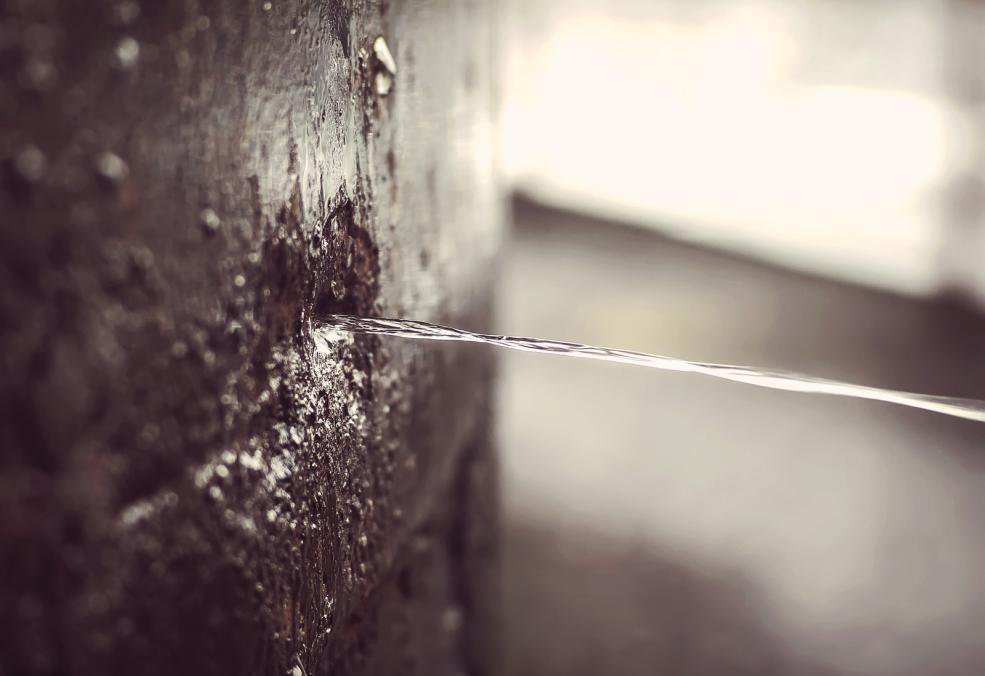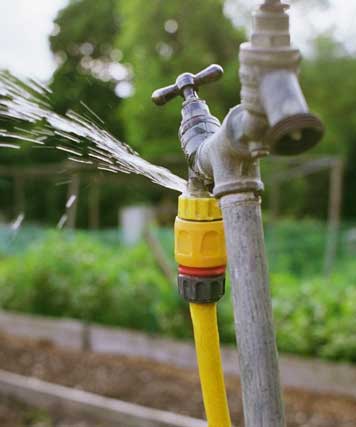6 Ways to Discover Concealed Water Leaks in Your Home
6 Ways to Discover Concealed Water Leaks in Your Home
Blog Article
We have stumbled on this post about Detecting hidden plumbing leaks listed below on the internet and figured it made sense to talk about it with you on this site.

Early discovery of leaking water lines can mitigate a potential catastrophe. Some tiny water leaks may not be noticeable.
1. Check Out the Water Meter
Every home has a water meter. Examining it is a surefire way that helps you find leaks. For beginners, turn off all the water resources. Make certain nobody will purge, use the faucet, shower, run the washing maker or dish washer. From there, go to the meter and also watch if it will certainly alter. Since no person is using it, there need to be no motions. If it relocates, that shows a fast-moving leak. If you detect no changes, wait an hour or 2 and inspect back again. This implies you may have a slow leak that could even be below ground.
2. Inspect Water Consumption
Assess your water costs and track your water usage. As the one paying it, you should observe if there are any kind of inconsistencies. If you spot sudden changes, regardless of your intake being the same, it implies that you have leakages in your plumbing system. Keep in mind, your water costs must fall under the very same range on a monthly basis. An unexpected spike in your expense suggests a fast-moving leakage.
At the same time, a constant rise each month, despite the same behaviors, reveals you have a sluggish leakage that's also slowly escalating. Call a plumber to completely examine your home, specifically if you really feel a warm area on your floor with piping underneath.
3. Do a Food Coloring Examination
When it comes to water consumption, 30% comes from toilets. If the shade somehow infiltrates your bowl during that time without flushing, there's a leak between the storage tank and also dish.
4. Asses Outside Lines
Don't forget to check your outdoor water lines too. Should water seep out of the link, you have a loosened rubber gasket. One small leak can squander bunches of water and also surge your water expense.
5. Inspect as well as Assess the Situation
Homeowners need to make it a routine to check under the sink counters and also even inside closets for any kind of bad odor or mold and mildew growth. These 2 warnings indicate a leakage so punctual focus is required. Doing routine inspections, even bi-annually, can conserve you from a major trouble.
Examine for discolorations as well as weakening as the majority of pipes and devices have a life expectations. If you suspect dripping water lines in your plumbing system, do not wait for it to intensify.
Early discovery of leaking water lines can minimize a possible disaster. Some little water leaks might not be visible. Inspecting it is a surefire way that assists you find leakages. One small leak can throw away bunches of water as well as spike your water expense.
If you presume leaking water lines in your plumbing system, do not wait for it to rise.
WARNING SIGNS OF WATER LEAKAGE BEHIND THE WALL
PERSISTENT MUSTY ODORS
As water slowly drips from a leaky pipe inside the wall, flooring and sheetrock stay damp and develop an odor similar to wet cardboard. It generates a musty smell that can help you find hidden leaks.
MOLD IN UNUSUAL AREAS
Mold usually grows in wet areas like kitchens, baths and laundry rooms. If you spot the stuff on walls or baseboards in other rooms of the house, it’s a good indicator of undetected water leaks.
STAINS THAT GROW
When mold thrives around a leaky pipe, it sometimes takes hold on the inside surface of the affected wall. A growing stain on otherwise clean sheetrock is often your sign of a hidden plumbing problem.
PEELING OR BUBBLING WALLPAPER / PAINT
This clue is easy to miss in rooms that don’t get much use. When you see wallpaper separating along seams or paint bubbling or flaking off the wall, blame sheetrock that stays wet because of an undetected leak.
BUCKLED CEILINGS AND STAINED FLOORS
If ceilings or floors in bathrooms, kitchens or laundry areas develop structural problems, don’t rule out constant damp inside the walls. Wet sheetrock can affect adjacent framing, flooring and ceilings.
https://www.servicemasterbyzaba.com/blog/how-to-detect-water-leakage-in-walls/

As an avid reader about Locating water leaks, I imagined sharing that short article was essential. Sharing is good. You won't know, you may very well be doing someone a favor. Thanks so much for going through it.
Report this page